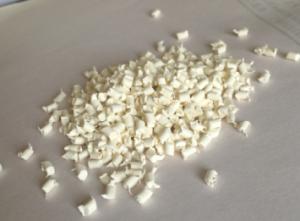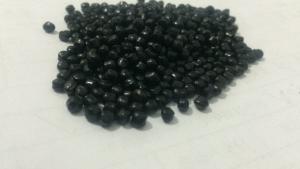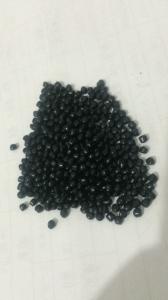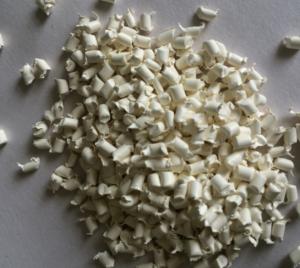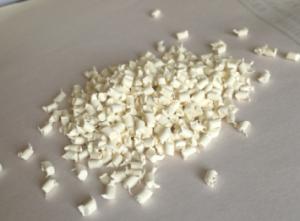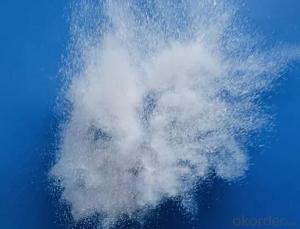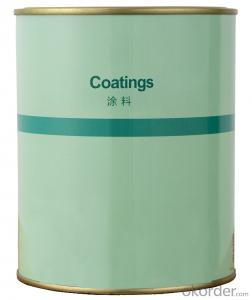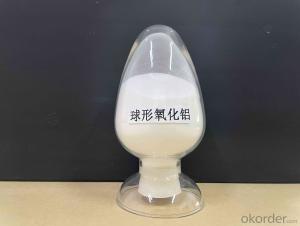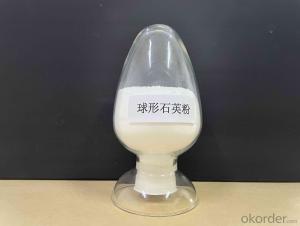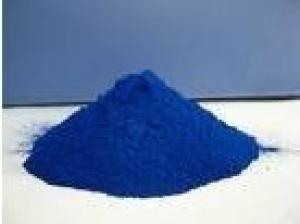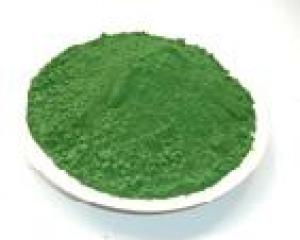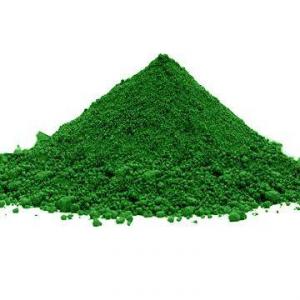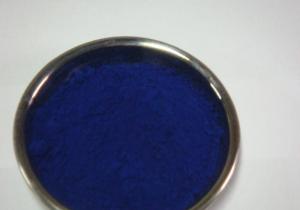2016 Best Price Black and white masterbatch
- Loading Port:
- Ningbo
- Payment Terms:
- TT or LC
- Min Order Qty:
- 1000 kg
- Supply Capability:
- 15000 kg/month
OKorder Service Pledge
OKorder Financial Service
You Might Also Like
Specifications
Masterbatch is a solid or liquid additive for plastic used for coloring plastics.
Advantage:
1.This series color masterbatches are of high concentration pigment with bright colors.
2.When they are used in resins, it shows better dispersing and stablility performance.
3.Also the mixture has the highest mechanical intensity preservation rate.
4.A broad standard color range available from stock as well as tailor made products develop according to customer requirements.
Resin Suitability
1.Polyolefine : HDPE,LDPE,LLDPE,PP,EVA,TPE,PVC,etc.
2.Non-Polyolefine: PET, PBT, PC, PA, ABS,AS,PS,POM,etc.
Application Areas
1.Fiber ( Carpet, Textiles, Upholstery, etc.)
2.Film ( shopping bags, casting film, multilayer film, etc.)
3.Blow Molding ( Medical & Cosmetic container, Lubricant & Paint container, etc)
4.Extrusion Molding ( Sheet, Pipe, Wire & Cable, etc.)
5.Injection Molding ( Automotive, Electronic, Construction, House wares, Furniture, Toys, etc.)
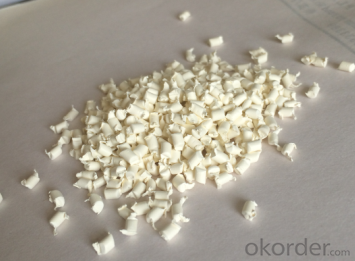
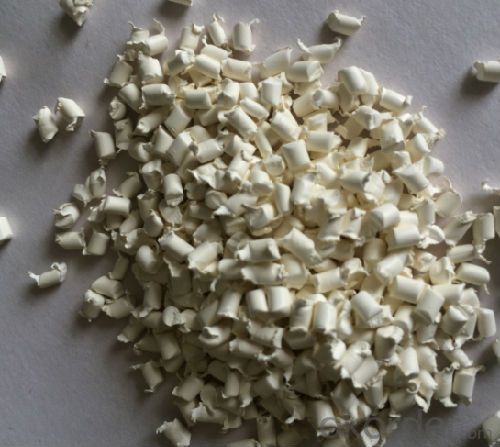

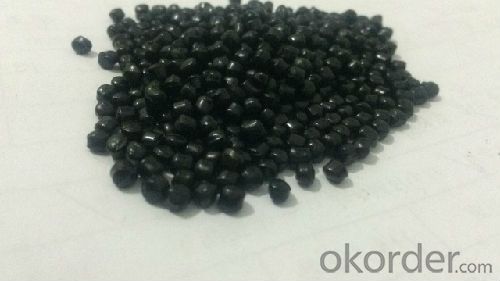
- Q:What are the roles and type of plant pigments?
- Pigments are able to absorb specific wavelengths of light which power photosynthesis. Chlorophyll, which is green, absorbs all wavelengths except green. Each photon excites an electron in the light harvesting complexes of a photosystem in a chlorophyll molecule, eventually producing ATPs. Other pigments will be a different color and will be able to absorb other wavelengths, maximizing energy absorbency when the sun's rays change. Pigments are chemicals inside living things that absorb certain types of light. In plants, the pigment chlorophyll in leaves absorbs sunlight for photosynthesis to work, where the energy comes from. Chlorophyll absorbs all light except green, which is reflected. That's why most plants are green...
- Q:What is the difference between dyes and pigments? Could you give some examples of each one please.
- nan
- Q:hi:]i need the right order to apply skin pigments...
- Pigments are usually packaged in a finely milled loose powder form. After cleansing , toning and moisturizing,let the moisturizer absorb in the skin. Apply the skin pigments using a large compact powder brush/kabuki brush in a circular motion on face neck, then apply a second layer in a downward motion. Then use Evian water Mister to set the pigment. For eye pigments, put a thin layer of skin pigment first, then apply the eye pigment using a oval shaped dome brush
- Q:i would like to now so i could put it in a marker thanks..
- Isn't all ink pigmented? A quick search for make your own ink turned up many recipes. Here is one: Basic Permanent Black Ink: 1 egg yolk 1 tsp gum arabic 1/2 cup honey 1/2 tsp lamp black (buy in a tube or make by holding a plate over a lit candle) Mix egg yolk, gum arabic and honey in a small bowl.
- Q:is it the ink on regular printers?
- Some printers use only pigmented ink. Others use dye based and then some use a combination of both. Dye based ink is basically water based with a dye added to it. Pigmented ink has a solvent base with dye added. Pigment ink and dye based ink have both advantages and disadvantages. Dye based ink have better colors but pigment are more water and fade resistant. Dye based inks are therefore better for photos. I have a printer that has 4 dye based inks and a black pigment ink. Mine uses the dye based black and colours for pictures and the pigmented black is used for text. So the answer is yes. Pigmented ink is used in some regular printers.
- Q:can the pigment know as Chinese purple form a matter wave in certain circumstances?
- Peaceful demonstrations, which are the sorts urge by governments, are just a way of letting the public let off steam safely without achieving anything. It is most convenient for them - every one has a jolly time, a bit of bantering, and we all go back to the status quo. Just like the House, a lot of empty debates, and the government just goes ahead and does what it wants. The public is beginning to become aware of the severe limitations of democracy as it is practised in the west. There are times, as the government claims, it has to do what has to be done, even though the actions may be 'unpopular', meaning they are not supported by the majority, and therefore undemocratic. Thus, we have supposedly democratic governments doing undemocratic things (and we accuse other countries with different systems of being undemocratic!). In such situations where democratic governments are acting undemocratically, the public surely has a right to resort to actions other than the ballot box (denied them anyway), or futile gestures. The government is supposed to represent majority will in our system; where it ceases to do so, it has lost its mandate, and, should arguable be replaced before the election comes round.
- Q:pigment: its color (to our eyes) what color of light it absorbsChl a Chl bCartenoidsany right answers would bbe greatly appreicated thanks soo muchhh
- pigment: .... reflected color to eyes .. what color of light it absorbs Chl a reflects green spectra between the blue and red absorption peaks. Some is absorbed at blue 450nm but most absorbed at red 680 - 700nm. Chl b reflects green spectra between the blue and red absorption peaks with a difference in which peak is stronger. Most is absorbed at blue 470 but also some at blue 430 and red 640 nm. Cartenoids reflect yellow, orange, or red and absorbs blue to blue-green light spectra. Xanthophyll absorbs well at 400-530 nm. Xanthophylls are a common sub class of the carotenoid pigment group. Beta-carotene absorbs most strongly between 400-500 nm.
- Q:Explain why plants need a variety of pigments to carry out photosynthesis?
- Each pigment in the leaf absorbs only a very narrow range of wavelength. In order to make use of more light than one specific wavelength, then plants have several different pigments. Chlorophyll A and Chlorophyll B intercept wavelengths from roughly 400-500 nm and then again from 650-700 nm. There are several different carotenoid pigments, each intercepting a pretty specific wavelength. I think these are within 450 - 510 nm. You have a high rate of photosynthesis in the blue range and then again in the red range. (I wasn't able to find a very good image that explains this clearly, but the sources listed below do a decent enough job.) Green light and most of the yellows will be reflected and not used by the plant. Keep in mind that while phytochrome is a pigment, it is not involved in photosynthesis.
- Q:i was thinking of this all day long and then i thought of posting this question for you to help me sort it out
- plant pigments are of types---- LUCOPLAST- colourless, found in roots, collect food.,,, CROMOPLAST-- Of difrent colour (not green), in flowers atract insect for polination, in fruits atract animals for seed dispers,,,,CLOROPLAST-- Convert light energy to chemical energy, in leaves and otner parts....
- Q:wut is the diff between those 2?
- i love both
1. Manufacturer Overview |
|
|---|---|
| Location | |
| Year Established | |
| Annual Output Value | |
| Main Markets | |
| Company Certifications | |
2. Manufacturer Certificates |
|
|---|---|
| a) Certification Name | |
| Range | |
| Reference | |
| Validity Period | |
3. Manufacturer Capability |
|
|---|---|
| a)Trade Capacity | |
| Nearest Port | |
| Export Percentage | |
| No.of Employees in Trade Department | |
| Language Spoken: | |
| b)Factory Information | |
| Factory Size: | |
| No. of Production Lines | |
| Contract Manufacturing | |
| Product Price Range | |
Send your message to us
2016 Best Price Black and white masterbatch
- Loading Port:
- Ningbo
- Payment Terms:
- TT or LC
- Min Order Qty:
- 1000 kg
- Supply Capability:
- 15000 kg/month
OKorder Service Pledge
OKorder Financial Service
Similar products
New products
Hot products
Related keywords
